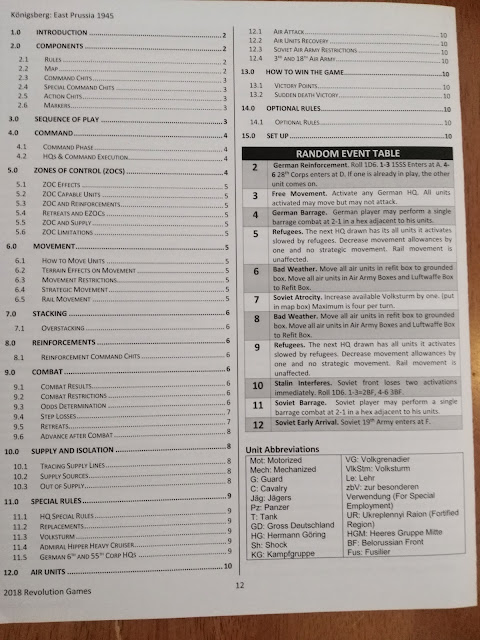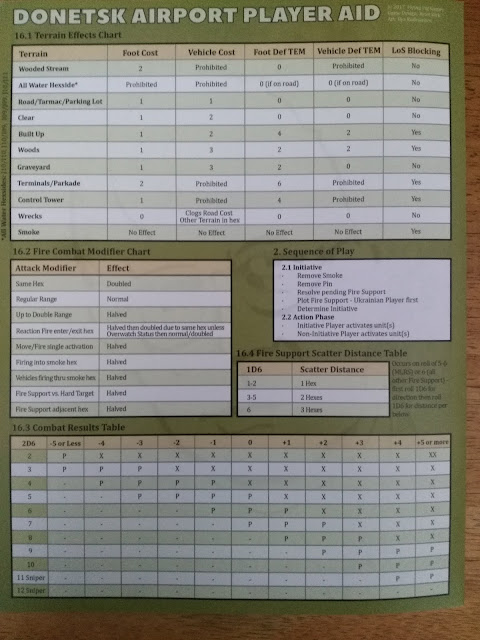Air assets represent squadrons that can conduct counter-air, interdiction, ground attack and ground support missions. Air reconnaissance (recce) assets represent flights of two to four aircraft. Air recce assets can collect information about the location and type of enemy ground units on the map.
Naval Assets represent individual ships able to provide of ground attack and ground support missions.
Off-map Ground Assets provide additional capabilities that can influence the on-map battle. Ground Assets include electronic warfare assets, command and control (C2) activities, and Special Forces.
Unlike in many computer wargames, Desert War 1940-42 employs a WEGO system. WEGO by its nature is about the Player’s ability to plan for and manage chaos; to find solutions to perceived challenges to accomplishing the mission with the tools at hand.
In this way, every decision you make must be carefully considered. Learn to think three moves ahead and outsmart your opponent!
- Re-discover surprise on the battlefield! The WEGO game system makes for great fun and realistic game play.
- 12 scenarios that explore the action from the Italian Invasion of Egypt in 1940 to Rommel's defeat at El Alamein in late 1942.
- Control land, air and naval forces at the battalion, air group, and individual ship level.
- Allocate Command, Special Forces and electronic warfare (EW) assets to influence the battles.
- Simple on-line gameplay using Slitherine's PBEM system.
- Full game editor; build your own maps, forces, and graphics. Includes an AI scripting language that provides a challenging AI opponent capable of "changing its mind" based on the human player's actions.
- 2nd Battle of Bardia (introductory scenario)
- Operazione E: The Reluctant Offensive, 13-20 Sep 1940
- Into The Blue: Battle of Sidi Barrani, 9-12 Dec 1940
- Beda Fomm: Death of an Army, 1-7 Feb 1941
- Enter Rommel (only Multiplayer - no SP)
- Battle of Sollum: Operation Battleaxe, 15-18 Jun 1941
- Sunday of the Dead: Battle of Sidi Rezegh, 18-24 Nov 1941
- Rats vs The Ram: Battle of Bir el Gubi, 19-21 Nov 1941
- Gazala--First Five Days, 26-30 May 1942
- Gazala--The Cauldron, 29 May - 10 Jun 1942
- Gazala--Fall of Tobruk, 11 - 21 Jun 1942
- High Tide at Alam Halfa, 30 Aug - 5 Sep 1942
- 2nd Alamein: From Lightfoot to Supercharge, 24 Oct - 3 Nov 1942"
 |
| Options Screen |
 |
| Scenario Selection Screen |
 | |
| Battle of Sidi Barrani |
 |
| Introductory Scenario |
The developer likes input from buyers, but also non-buyers. The game has been worked on continually from its first version until now. That is one of the biggest reasons to support different developers.
I am not a big fan of the North African campaign so maybe it is that fact that has given me more pause than usual in digging into the game.
 | |||
| Second El Alamein, These are just the Axis Units |
So I am not truly ambivalent about the game. It is just that I have to be in the right state of mind to fire it up. It is not a game that you can start and then play for a half hour, and then head off to dinner. For this game I have to be ready to invest some time and to sink into my chair for a good long while. I am sure players of 'World in Flames', or 'War in the Pacific' will understand. I like the game, I just have to be ready to delve deeply into it. For those of you who like 'beer and pretzel' games, please stay far, far away. For anyone who is looking for a deep wargame, here it is. It is unbelievable to me that this started as a labor of love. This was a free download once. The game has come a long way since then, but it's still really only a hobby project. For everything that the developer has added into the game this is still hard for me to grasp.
If you noticed, the review is late. I waited for the first patch to see if some items cleared up. I was having 'artifacts' show up on my screen after playing for a while (an artifact is a left over portion of a window that has since been closed). After seeing that no one else was complaining of this, I updated my drivers etc., and it no longer shows up. The AI in the game was another matter. In some of the scenarios the AI would not really attack at all. The developer has worked on this and has said that he would continue to look at the AI. It does seem to be better after the patch. The other thing is this review seems to be cursed, at least for me. I have lost the rough draft twice on it, which is funny because it has never happened to me before.
So, bottom line, this is a good to great game as long as you are interested in putting the time into learning it. One good thing about the game is the number of tutorials that have been done. Some of the best have been done by "Slick Wilhelm" from the Matrix Games forum.
Robert













































Follow Us